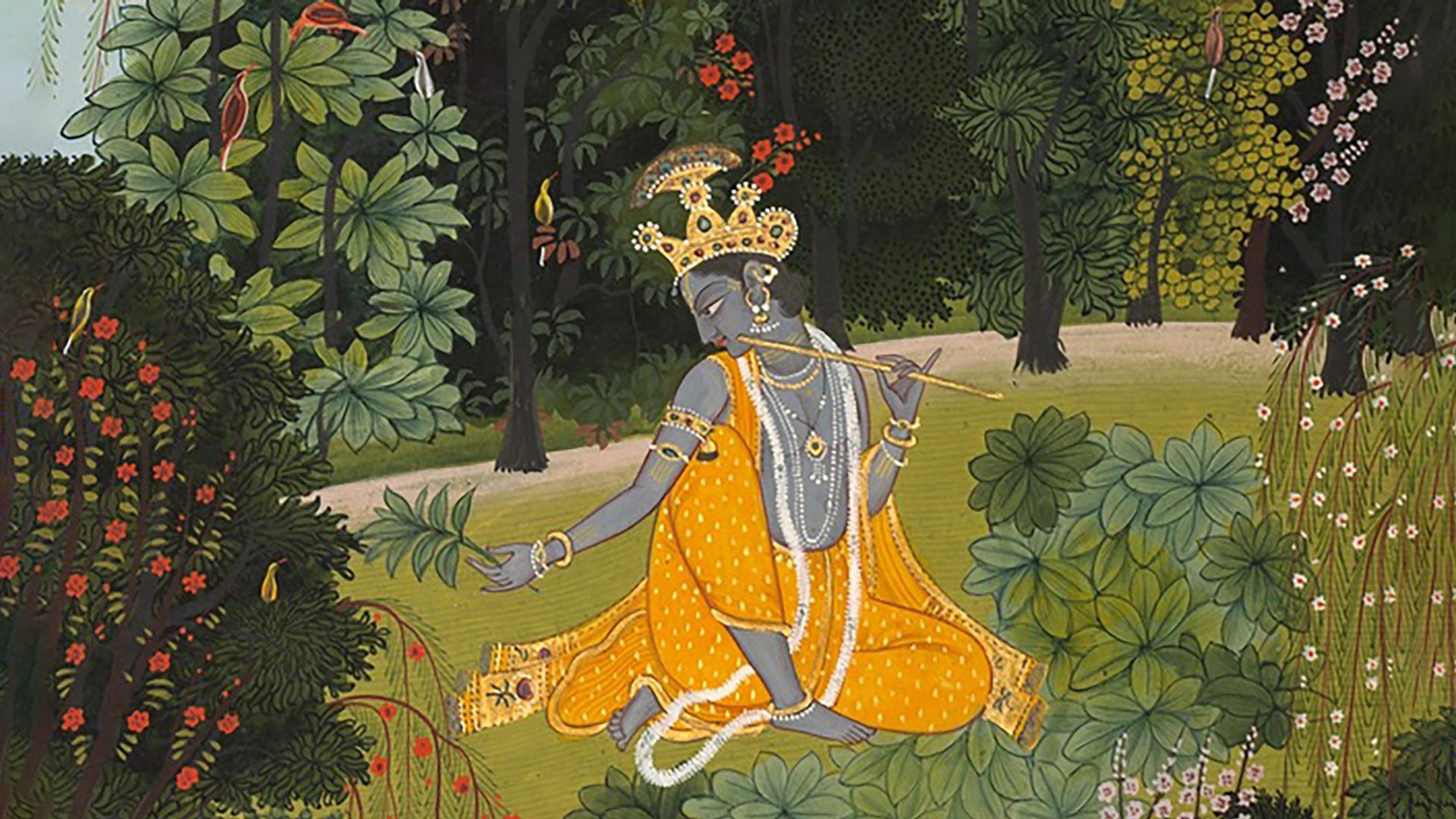
Archive
On yoga and similar subjects
Yoga Beyond Postures
Why study yoga philosophy? What about history? As I argue in an article for Yoga Magazine (January 2024 edition), it's important to see how things change – and to acknowledge our own adaptations. To quote the article: "no ancient text teaches sequences of postures. Instead, they offer many different options, and few apply to modern life without a bit of reinterpreting. Teachers often do that without even realising, then source their new ideas to Patañjali – the influential author of the Yoga Sūtra – creating confusion..." Read on for tips on how to do things differently!
Light on Yoga Philosophy
An article for Dipika, the magazine of Iyengar Yoga London, addressing the question “Why study philosophy?” This makes most sense if it’s combined with history – exploring what's practised and why, and how things change. Yoga was originally a meditative state that involved sitting still. The ultimate goal was avoiding rebirth through ascetic detachment. New methods and objectives have evolved in the meantime, but modern forms of yoga can still be connected to older traditions – which is where the philosophy comes in… Find out more at truthofyoga.com.
Yoga, Immortality and Freedom...
This article was published in the journal Tarka. It includes some excerpts from my book, The Truth of Yoga. The theme of the issue is death, and I explore its connections to yoga philosophy – from transcending the mind and the body to attaining liberation. Here's how it starts: "Death plays a pivotal role in the history of yoga—the original objective of practice was ending rebirth…” While practices have changed in the intervening centuries, one constant remains: “Whatever the framework behind liberation, it depends on reappraising the meaning of death.”
Imaginary Chakras?
The best-known parts of the yogic body are often the most misunderstood. Chakras have become a general shorthand for subtle anatomy, transcending distinctions between the mental and physical realms. One of the biggest contributions of Tantra to physical yoga is to channel awareness for transformation. Regardless of whether chakras exist in a dissected corpse, they are brought into being through visualization. As a result, they have powerful effects, but this is not quite the same as the logic of workshops that teach how to “cleanse” them…
Yoga Police? No Thanks!
This essay was inspired by the question “what is yoga?” Texts describe the answer differently, so generalisations are often misleading, but one common theme across yogic traditions is inward focus. As a result, the basic aim is self-inquiry. Ironically, defenders of traditional yoga – as well as its critics – tend to focus on what other people do instead, imposing norms through definitions of yoga. Drawing on quotations from traditional texts, the essay argues that censuring others in the name of authenticity is therefore the epitome of “unyogic” conduct.
Early Physical Yoga
The Gorakshashataka – or “Hundred Verses of Goraksha” – is one of the earliest texts to teach the physical methods of hatha yoga. Among the text’s innovations are dynamic ways of controlling the breath such as ujjayi, whose rasping sound is widely heard in modern classes. Less often taught today are such esoteric methods as sarasvatichalana, by which the coiled serpent goddess Kundalini is roused from her slumber and made to ascend the practitioner’s spine. A recent reading with James Mallinson at SOAS included the verses that teach this technique.
Roots of Yoga
It was an honour to be part of this discussion with two of the foremost scholars on yoga, James Mallinson and Mark Singleton, reflecting on the work behind their book Roots of Yoga, which was recently published. The conversation took place in the members' room at the New York Society Library, and was filmed. An audio recording is available for download.






